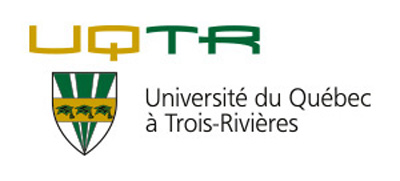Related projects
Discover more projects across a range of sectors and discipline — from AI to cleantech to social innovation.
Mitacs brings innovation to more people in more places across Canada and around the world.
Learn MoreWe work closely with businesses, researchers, and governments to create new pathways to innovation.
Learn MoreNo matter the size of your budget or scope of your research, Mitacs can help you turn ideas into impact.
Learn MoreThe Mitacs Entrepreneur Awards and the Mitacs Awards celebrate inspiring entrepreneurs and innovators who are galvanizing cutting-edge research across Canada.
Learn MoreDiscover the people, the ideas, the projects, and the partnerships that are making news, and creating meaningful impact across the Canadian innovation ecosystem.
Learn MoreIn order to investigate proteins in their natural environment one can attach tiny reporter molecules to them that can be traced with appropriate instruments. However, these small reporter molecules may often cause strong perturbations to the functionality of the proteins, or cannot be seen due to experimental restrictions like low concentrations. Bioorthogonal chemistry aims to eliminate such experimental restrictions by using as inert molecules as possible to see how proteins really work. We want to test novel bioorthogonal strategies for attaching reporter molecules that can be detected with electron paramagnetic resonance (EPR) spectroscopy, a powerful magnetic resonance method that is able to detect changes in structure and function of proteins. As we also have a unique and highly sensitive, state-of-the-art EPR device at hand, together with new bioorthogonal strategies we are convinced that we will bridge the gap to a new world of applications.
Oliver Ernst
Alycia Ai Woon Yee;John Boyuan Liu
High Q Technologies LP
Biochemistry / Molecular biology
Manufacturing
University of Toronto
Accelerate
Discover more projects across a range of sectors and discipline — from AI to cleantech to social innovation.
Find the perfect opportunity to put your academic skills and knowledge into practice!
Find ProjectsThe strong support from governments across Canada, international partners, universities, colleges, companies, and community organizations has enabled Mitacs to focus on the core idea that talent and partnerships power innovation — and innovation creates a better future.













































































































































































































































































































